I have noticed that one of the most popular Italian sights on Instagram is Milan Cathedral. But have you heard that half an hour away from Milan you can find the striking Certosa di Pavia church and monastery, a real masterpiece of the Lombard Renaissance? Certosa is Italian for ‘charterhouse’ which explains its cloistered monastic order. The monastery is linked to the history of the Visconti and Sforza families. The complex is made up of the church, dedicated to Madonna of the Graces, the cloisters, the Duke's Palace, and the service courtyards. The best architects, sculptors and painters have participated in its construction, such as Bernardo da Venezia, who designed the Cathedral of Milan. Certosa was originally intended to become an architectural companion to Milan's Duomo but the final result, completed more than a century later, is a unique combination of late Gothic and Renaissance styles. It is visited by more than 300 thousand people a year.
History
In 1396 Gian Galeazzo Visconti, the Duke of Milan, placed the foundation stone of Certosa during an opulent and festive city ceremony. Building a monastery was a promise to his second wife Catherine who died in childbirth. The work progressed slowly after Galeazzo’s death in 1402 but Francesco Sforza revitalised the project after becoming Duke of Milan in 1450. The church was consecrated in 1497, but the work continued until the French Invasion of Lombardy in 1523.
The layout
Certosa is a splendid masterpiece of architecture in both Gothic and Renaissance styles, and is known for its collection of artwork particularly representative of the region.
The church is fronted by a spacious courtyard that looks like any Italian public square.
It is marked by an ornate church facade, the Duke’s Palace, and shops. The facade serves not only as part of the courtyard but also as a separation between this world and the sacred one behind it. Built from rich marble and profusely ornamented with fine sculptural decorations, the facade is a masterpiece of the Renaissance decorative design.

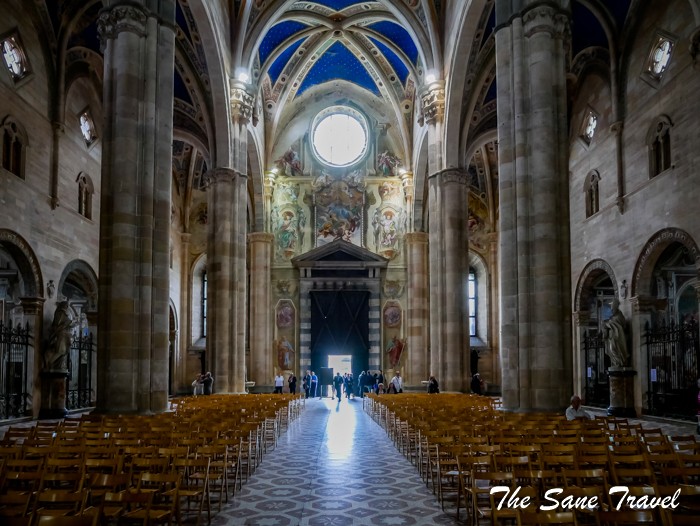
From here, one can access the Big Cloister through 123 decorated terracotta arches with monk cells at the sides.
The cells, with their exaggerated chimneys acting as steeples, are 24 small duplicates of the main church – a metaphor for church hierarchy.
Several cells are open to the public, but you need to join an Italian speaking guided tour to access them. For many years they were inhabited by the Carthusian monks. Since 1968 it’s been is a home for Cistercians..
In the cloister complex you will also find a small shop run by monks, selling a variety of homemade products: soap, oils, stationery, perfumes, and herbal treatments
How to get there
Worth at least a 2 hour visit, Certosa di Pavia is located between Milano and Pavia, on the Milano-Pavia-Genova train line, so you can easily reach it from Milano, Genova or Padua. Pavia de Certosa is one station away from Pavia. The line boasts great air conditioned trains of the latest generation; just check whether a particular train stops where you’d like it to. Straight from Certosa de Pavia train station, head towards the monastery. When the main street turns left, take the bicycle path to the right and walk along the monastery for about 10-15 minutes. The entrance is on the opposite side.
Visiting the monastery
Some visitors advise scheduling a visit early in the morning, before tourist buses arrive. I was there in the afternoon, and I wouldn’t say it was very crowded. The opening hours depend on the season, with a break from 11.30am to 2.30pm. The monastery is closed on Mondays.
There’s no admission fee; join a guided tour, which is only in Italian. English guided tours may only be available for group reservations. Walk through the gate and into the church, wait at the front gates close to the altar until the guide opens them. Taking pictures inside the church is not allowed. The tour takes about an hour. At the end of it, an offer to the Cistercian monks is appreciated. And beware – this is a place still inhabited by monks, so keep silent and don't rush. It’s a place of contemplation, so please respect it. It defines the atmosphere of your visit, after all.
If you are hungry, there are restaurants nearby in the street leading to the village.
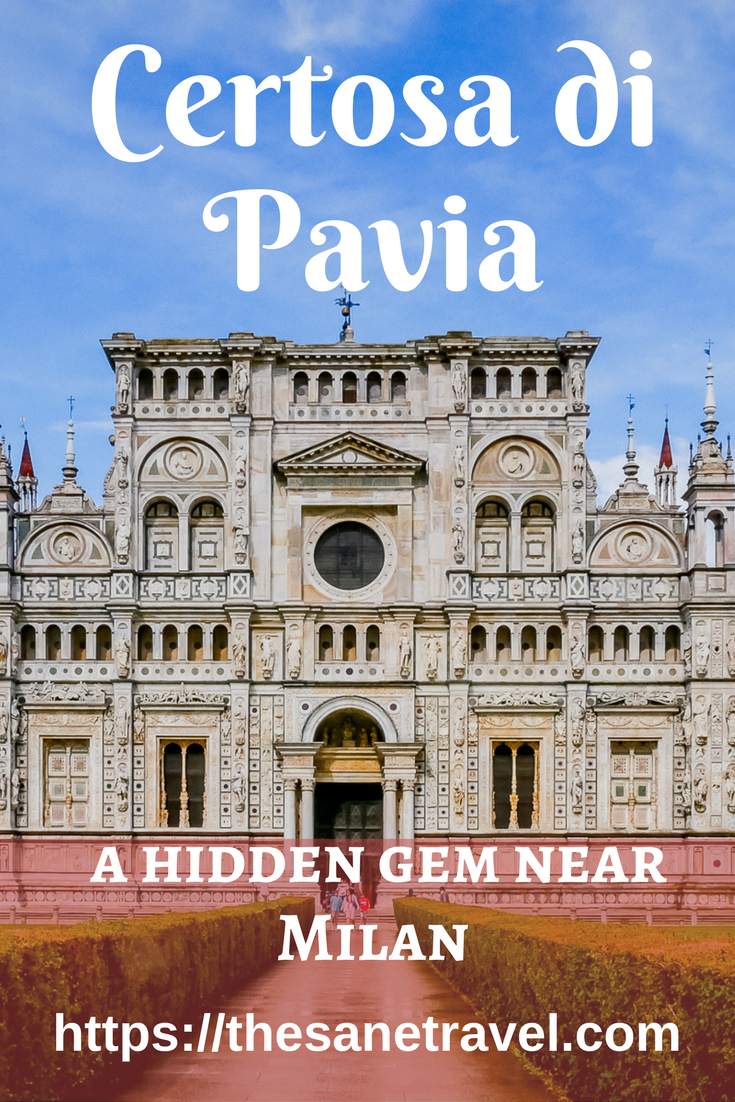
- Published by Anita on July 06, 2016
- Traveled June 2016
Author: Anita Sāne

About the author
Anita is a part-time traveller, passionate photographer and a retired career woman from Latvia, travelling mostly solo for more than 15 years. She is a skilled travel planner who plans and executes her travels by herself. Anita wants to show you how to travel the world and open your mind to new experiences. Follow her on Facebook, Instagram, Pinterest, Twitter and Bloglovin.


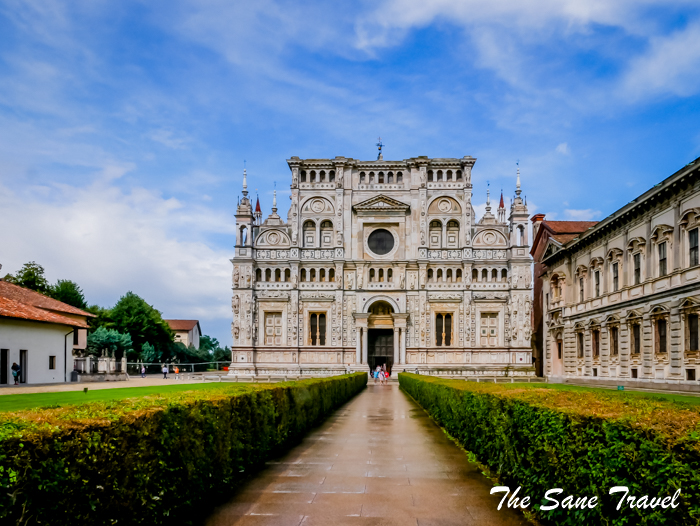
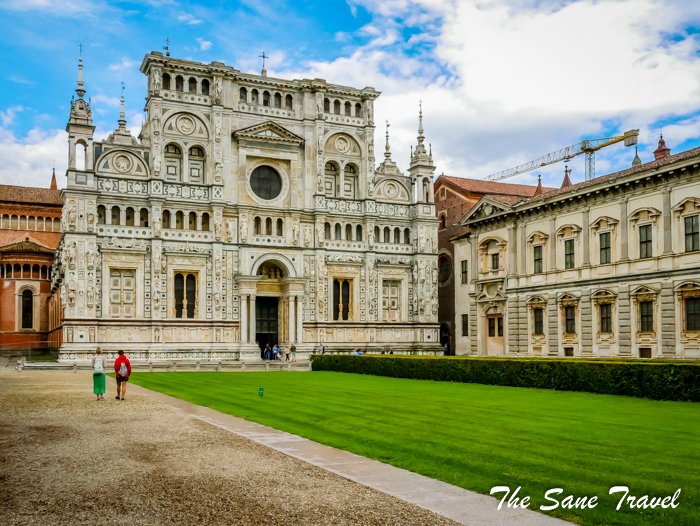
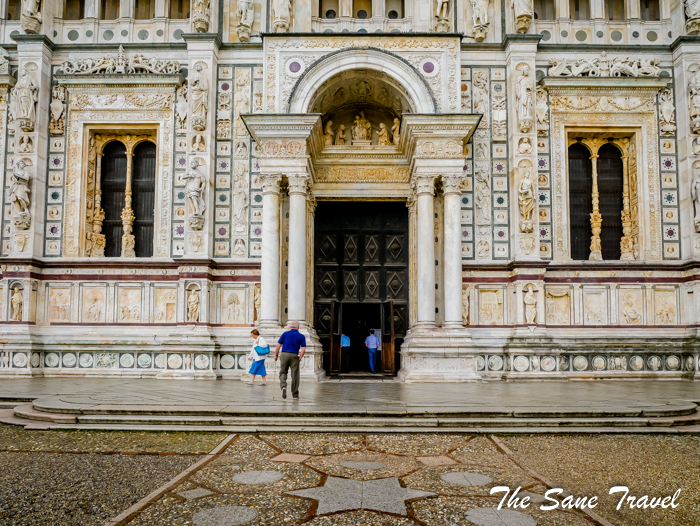

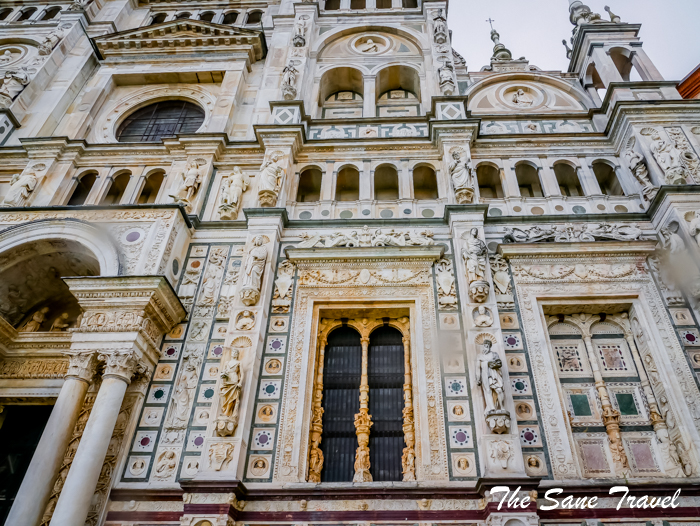
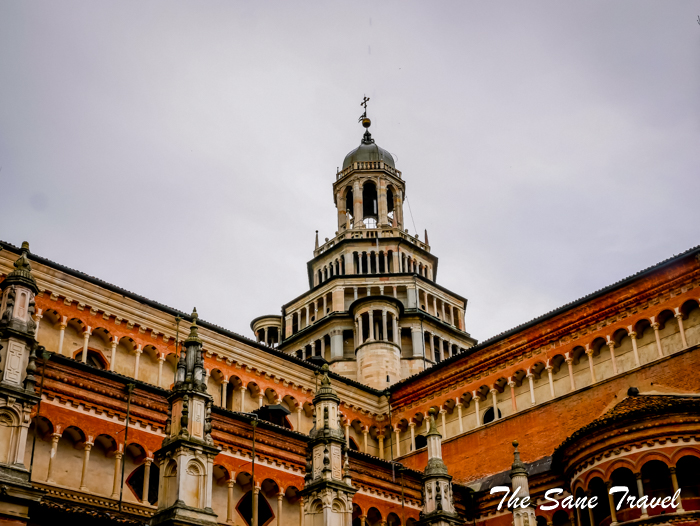
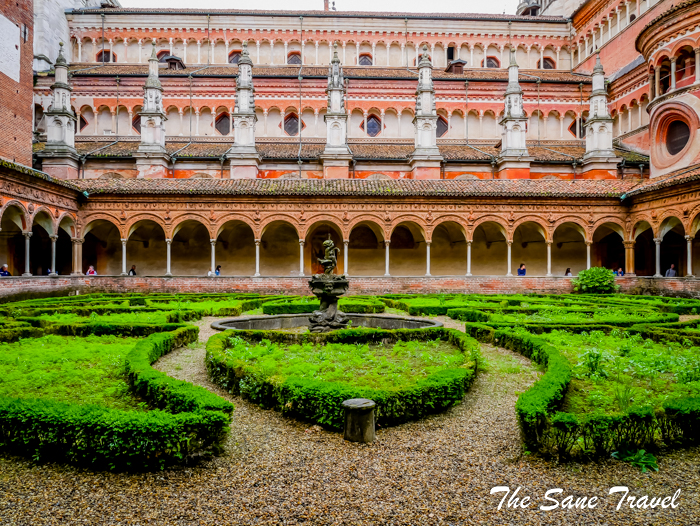
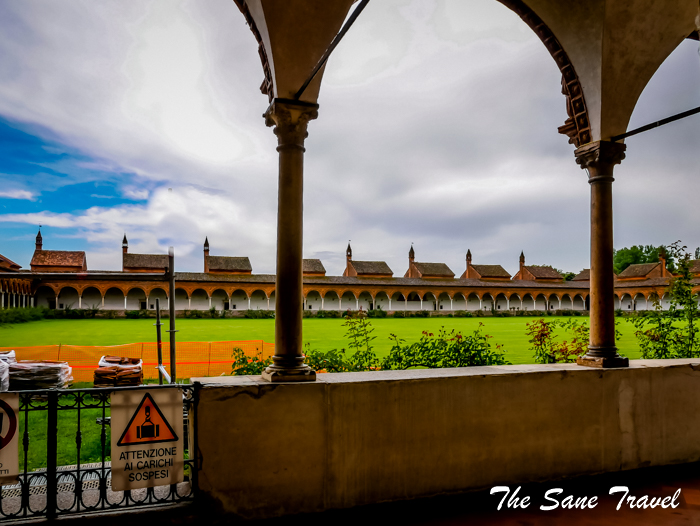

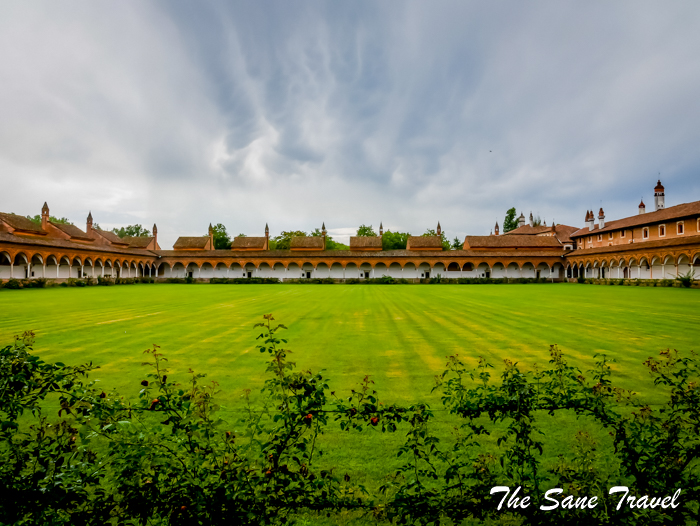

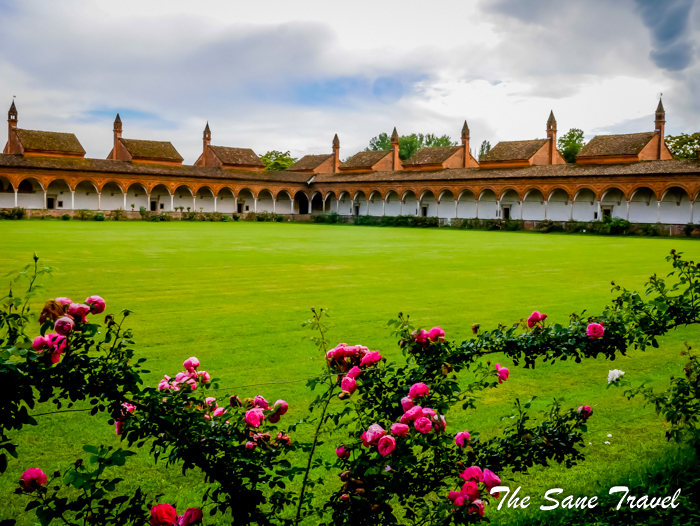

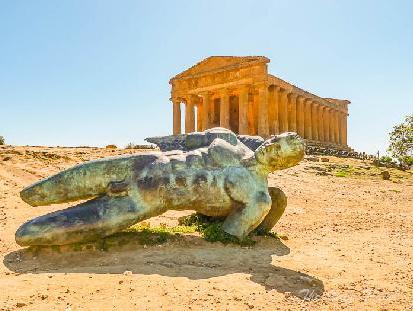
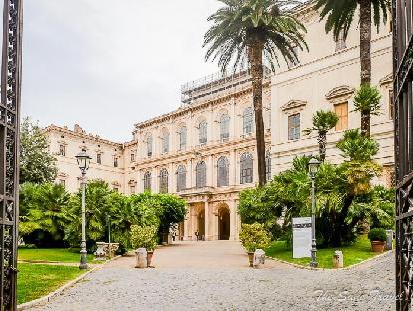
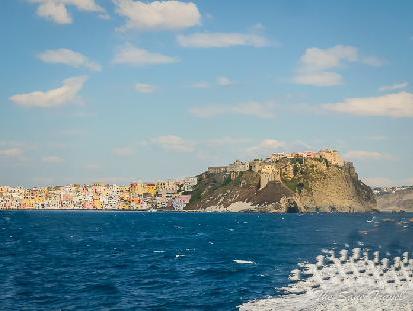
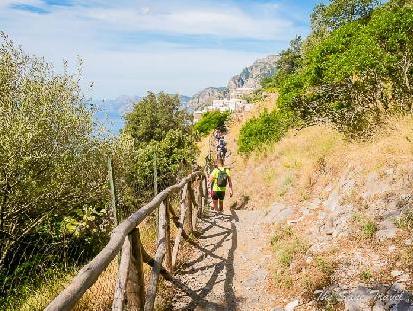
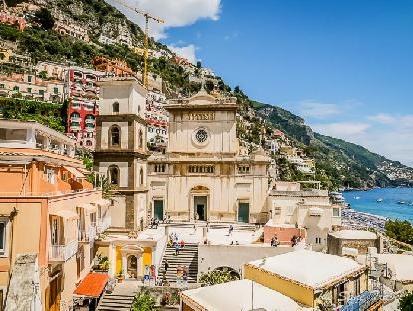
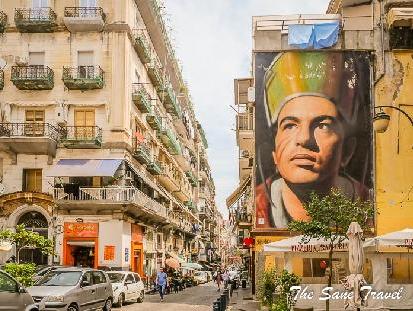
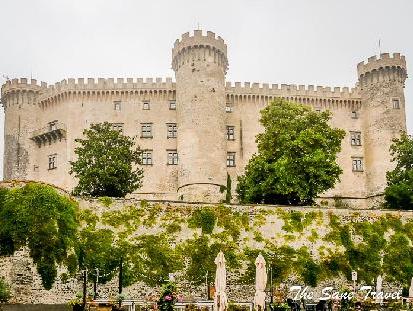
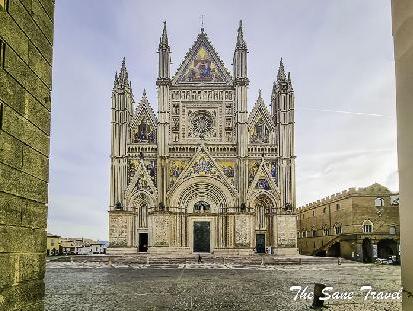
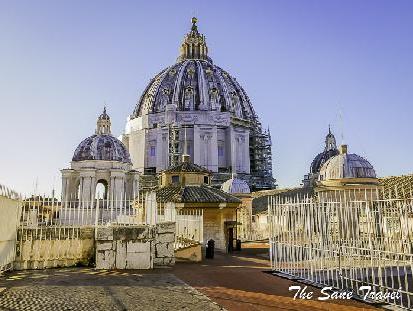
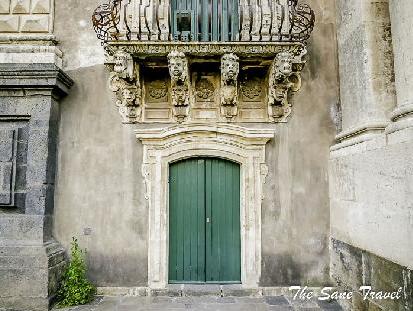
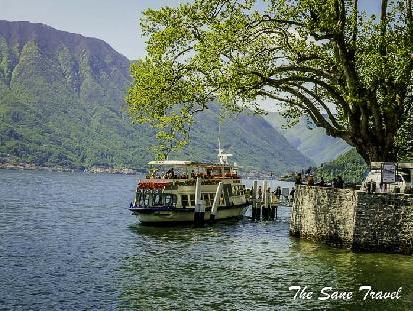
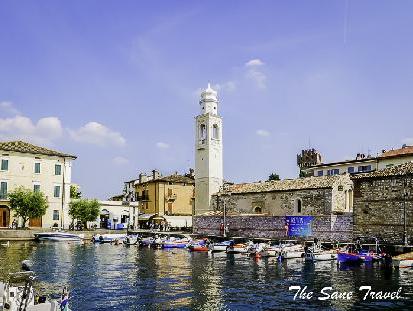
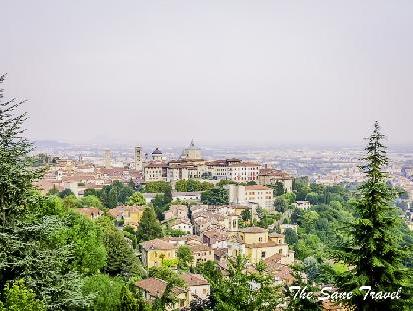
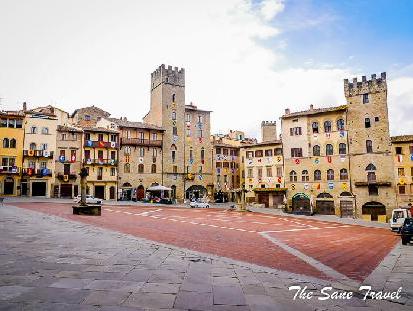
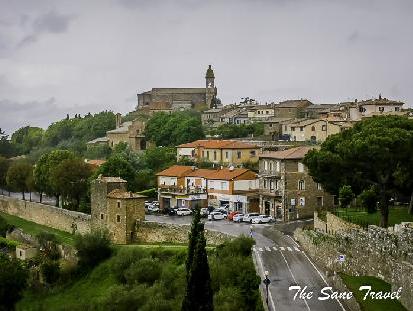
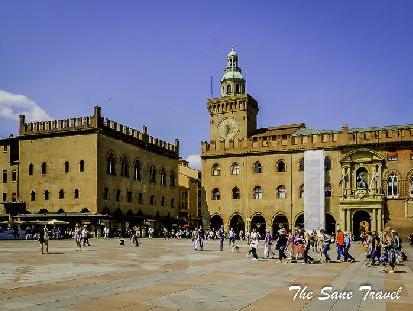
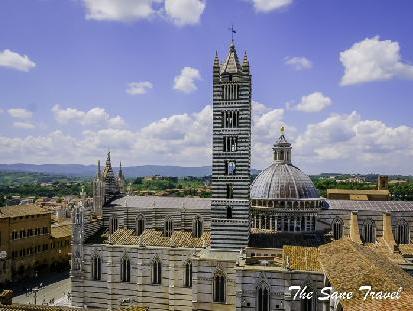
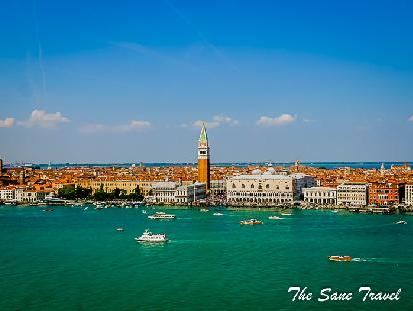
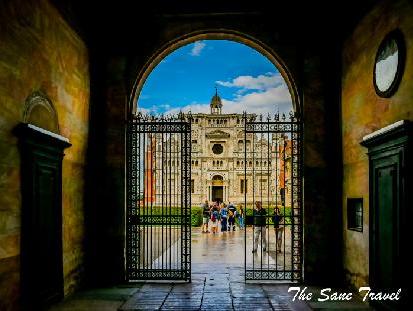
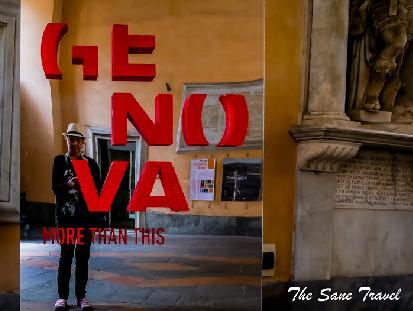
Report
My comments